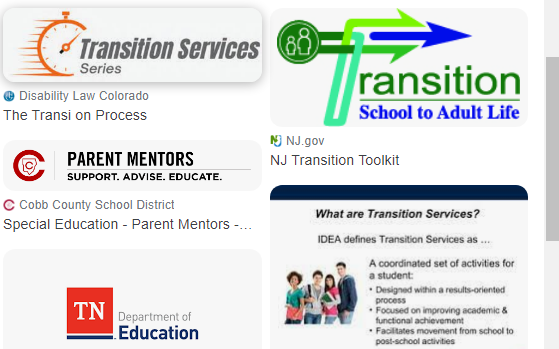Types of Instructional Strategies in Special Education
14.1 Introduction
In lecture two we mentioned categories of individuals with special needs and we should ask ourselves if these individuals need the same classroom instructions. After going through this lecture you will be able to clear the doubt and get the answer to the above question.
| OBJECTIVES OF THE LECTURE
At the end of the lecture, students should be able to:
|
14.2 Meaning of instructional strategy in special education
Instructional strategy is a set of systematic activities used by a teacher that contains clear steps to achieve a specific student’s outcome. This set of steps must be replicable by another individual in order to be considered a strategy.
However, instructional strategies will differ depending on the needs of individuals .For example strategies for visual impaired will not be the same as for hearing impaired students. The lecture is discussing on the two general instructional strategies for students with special needs.
Types of Instructional Strategies in Special Education
14.3 Types of instructional strategies in special education
Classroom instructional strategies for individual with special needs could be different depending on the types of the disability the student have. However, there are general instructional strategies for individual with special needs. These can be classified as either accommodation or modification.
14.3.1 Accommodation
Accommodation is a rational alteration to teaching practices so that the student learns similar material but in an arrangement that is more open to the student. Accommodations may be classified by whether they change the presentation, response, setting, or scheduling the lessons. For example the classroom teacher may accommodate a student with visual impairment by providing a large print text book. Examples of accommodation are:
Response accommodations: In response accommodation the teacher have to type homework assignment for the students instead of handwriting them. It is also important to have someone else to write down answers given orally.
-
- Presentation accommodations: This includes listening to audio books instead of reading printed books. These may be used as a replacement for the text, or as complement planned to improve the student reading fluency and phonetic skills. Analogous alternative include selecting a person to read to the student, or providing text to speech software. This is considered a modification if the purpose of the assignment is reading skills acquisition. Other presentation accommodations may include selecting a person to take notes during lectures or using a talking calculator instead of one with only a visual display.
- Setting accommodations: This involves taking a test in a quieter room or moving a class to a room that is physically accessible, for example on the first floor of the building or near an elevator. Organize sitting arrangement to benefit the students for example by sitting at the front of the classroom.
- Scheduling accommodation: In these type students may be given rest breaks or extended time on tests. This is important if speed is a factor in the test.
14.3.2 Modification
Modification is to modify or adjust the materials to make them simpler. Modification may adjust what is learned, how difficult the material is, what level of mastery the student is anticipated to attain, whether and how the student assessed, or any other feature of the curriculum. For example the classroom teacher may modify the reading assignment for a student with reading difficulties by alternating a shorter, easier book. Examples of modifications are:
Types of Instructional Strategies in Special Education
- Skipping subjects: In this type of modification, students are to be provided with less information than students without disabilities. It could be done by omitting materials that are considered inappropriate for the students’ abilities or less important than other subjects. For example, a student with poor fine motor skills may be taught to print block letters but not cursive hand writing.
- Simplified assignments: in this type, students may read the same literature as their peers but have a simpler version, such as Shakespeare with both the original text and summarized text available.
- Shorter assignment: In here students may do shorter homework assignment or take shorter, more intense tests.
- Extra aids: if a student have deficiencies in working memory, a list of vocabulary can be provided during tests, to reduce lack of recall and increase chances of understanding. Such student can also use calculator when other students do not.
- Extended time: Students with a slower processing speed may require extended time for assignment and /or test in order to have more time to understand questions, remember information, and produce knowledge.
Additionally to how students with special needs are taught the academic curriculum, schools must provide non-academic services to the students. These are intended in due course to increase the student’s personal and academic abilities. Related services include developmental, corrective and other supportive services as required to assist a student with special needs.
Types of Instructional Strategies in Special Education
These are speech and language pathology, audiology, psychological services, physical therapy, occupational therapy, counseling services including rehabilitation counseling, orientation and mobility services, medical services, appropriate access to recreation and other support services.
The related services can be provided by the schools or health care and social services systems.
| SUMMARY
The lecture discussed the general classroom instructional strategies for students with special needs. It mentioned accommodation and modification as the general classroom instructions. Examples given for accommodation was response accommodations, presentation accommodations, setting accommodations and scheduling accommodation while examples of modification was skipping subjects, simplified assignments, shorter assignment, extra aids, extended time |

















Leave a Reply